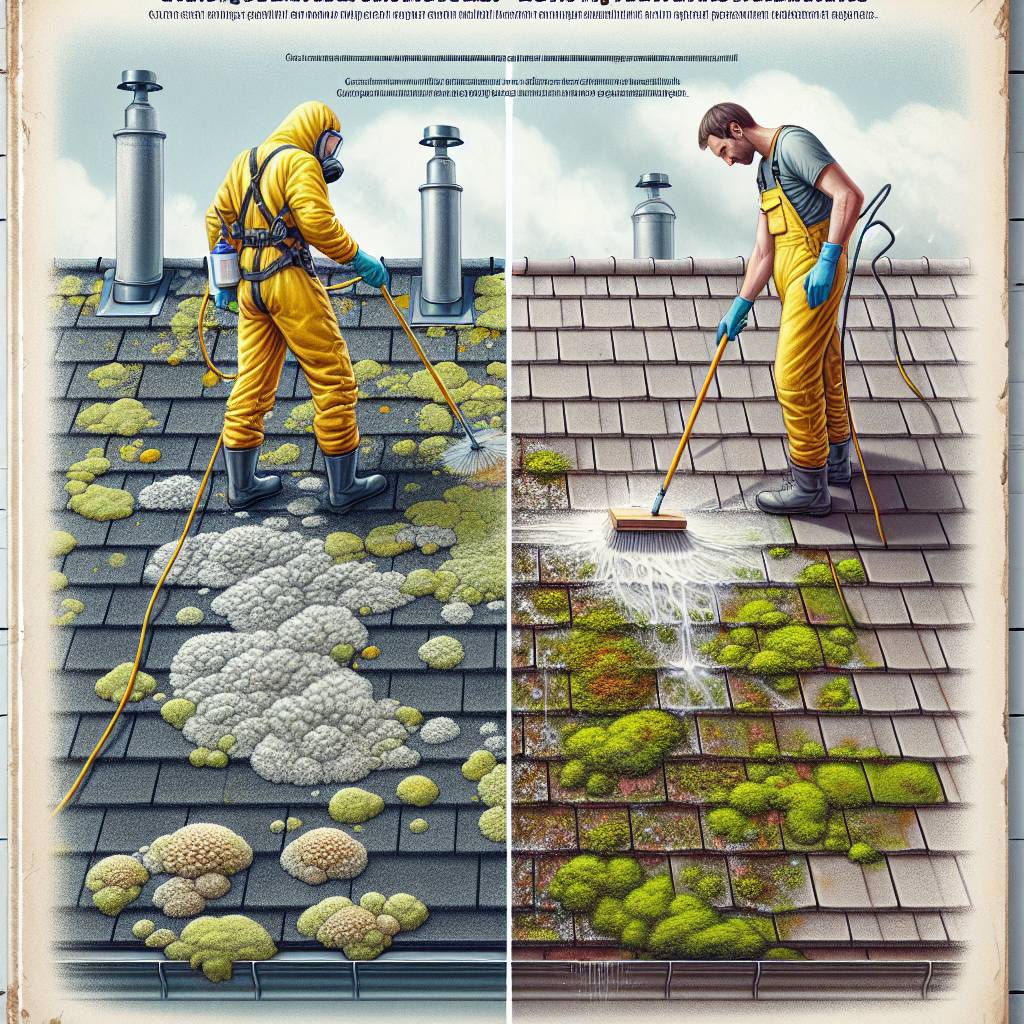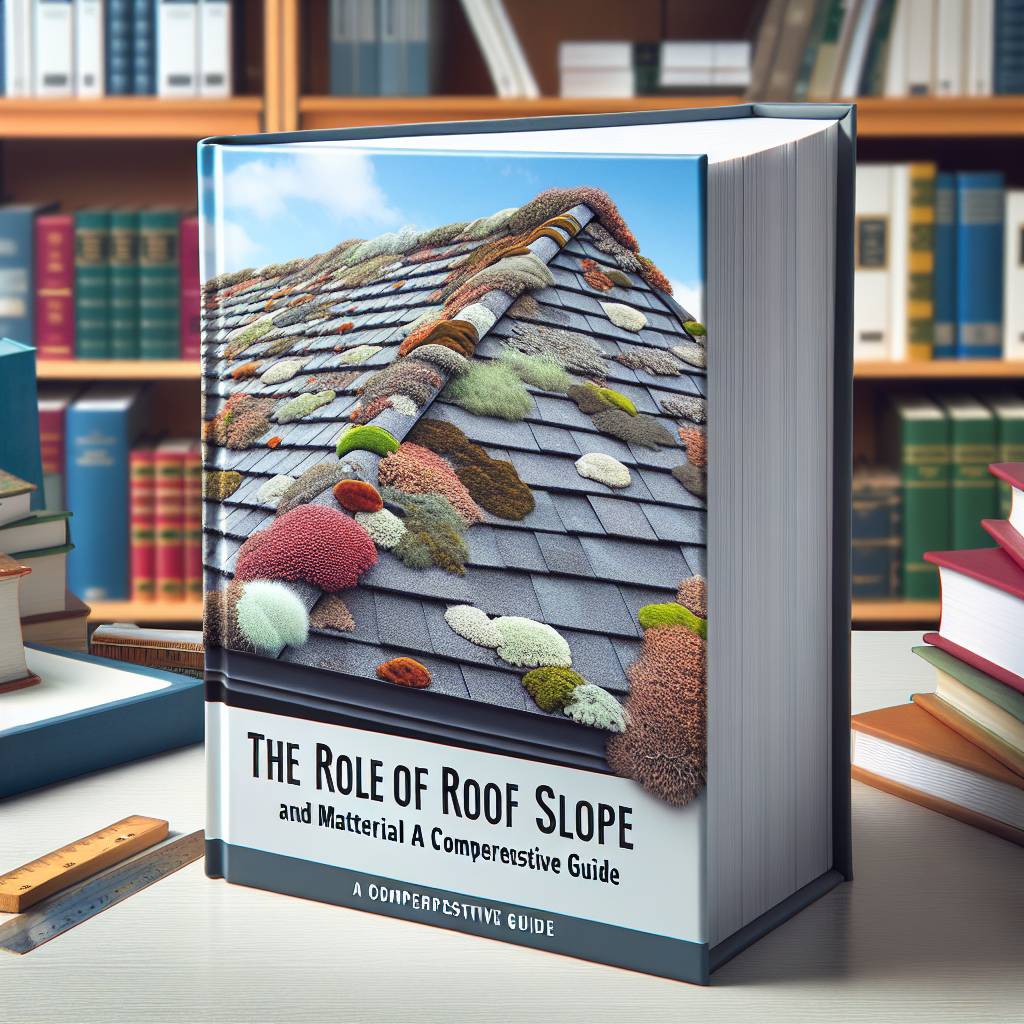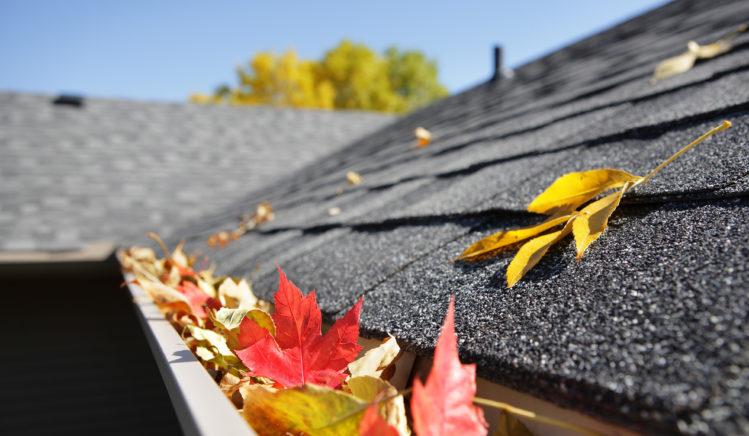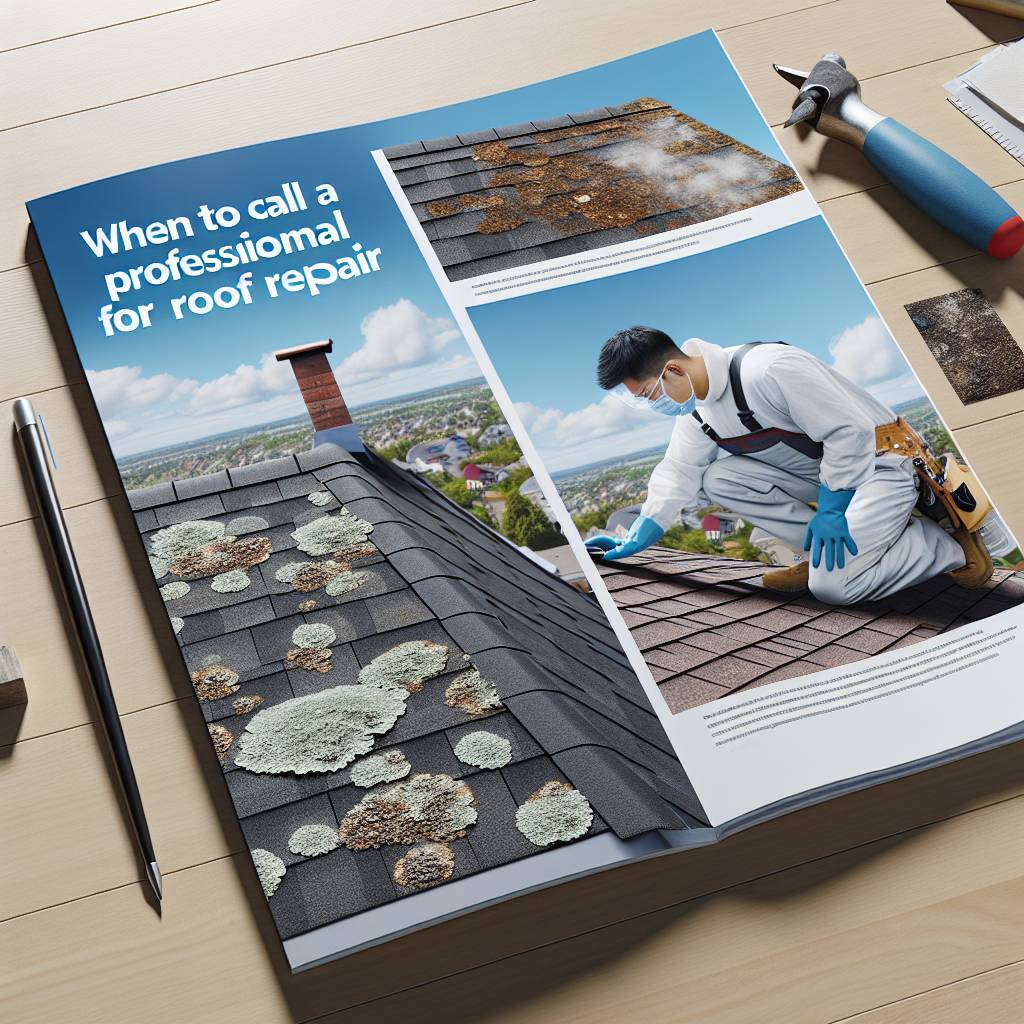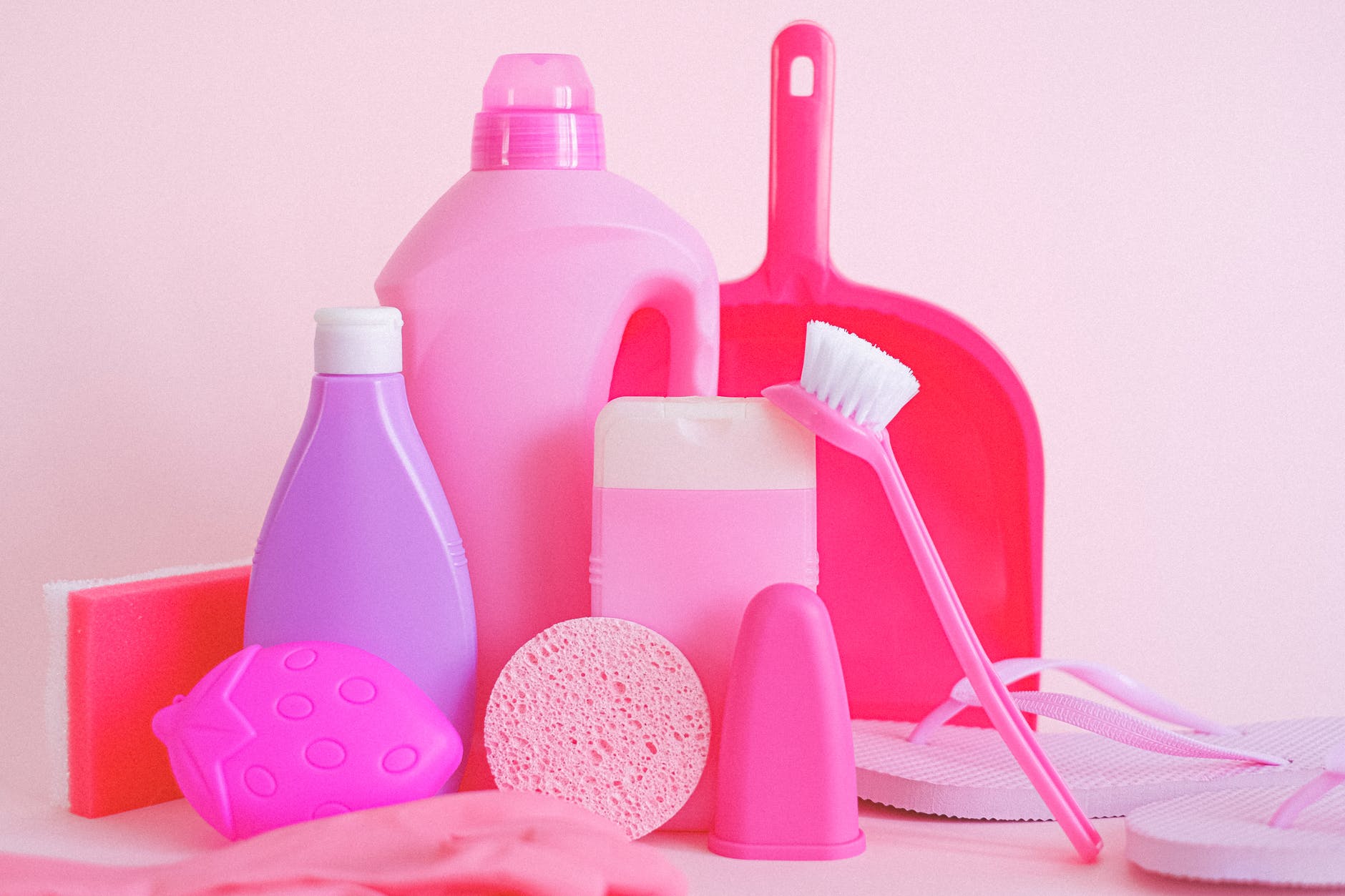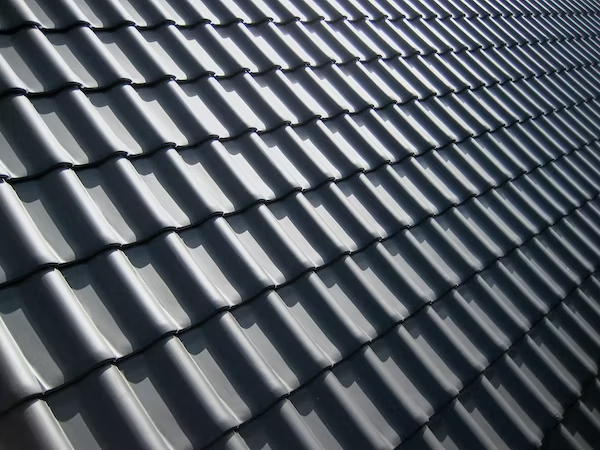Curious about the best way to remove lichen from your roof? We’re diving into the age-old debate of chemical versus natural methods for lichen removal. You might be surprised by the stark contrast between these two approaches. While chemical solutions offer quick results, they often come with environmental and safety concerns. On the other hand, natural methods may take longer but are generally more eco-friendly and sustainable when cleaning surfaces and removing dirt.
In this post, we’ll explore the pros and cons of each method, uncovering which option reigns supreme in terms of effectiveness and long-term impact on your roof surfaces. Whether you’re a homeowner or a professional in the roofing industry, understanding these differences is crucial for making an informed decision when tackling pesky lichen growth. Get ready to unravel the mysteries behind these contrasting techniques!
Key Takeaways
- Consider the Environmental Impact: When choosing between chemical and natural lichen removal methods for roofs, consider the environmental impact of the products used and opt for eco-friendly solutions whenever possible.
- Regular Maintenance is Key: Implement preventive measures and long-term maintenance strategies to keep your roof lichen-free, such as trimming overhanging branches and maintaining proper drainage to prevent moisture buildup.
- Explore Organic Alternatives: Explore organic lichen removal options, such as biodegradable solutions or natural remedies, which can effectively remove lichen without harming the environment or the roof surface.
- Evaluate Efficacy and Safety: When evaluating products like “Wet and Forget” and hydrogen peroxide for lichen removal, consider both their efficacy in removing lichen and their safety for the roof material.
- Professional Expertise vs. DIY: Consider the complexity of the lichen issue and the condition of your roof when deciding between professional services and DIY methods for lichen removal. Seek professional expertise for extensive lichen infestations or delicate roof materials.
- Prioritize Long-Term Solutions: Opt for gentlewash techniques and long-term preventive measures to maintain a lichen-free roof, promoting the longevity and structural integrity of your roofing materials.
Understanding Roof Lichen and Its Effects
Understanding Roof Lichen and Its Effects
Roof lichen is a combination of fungus and algae that can cause damage to your roof. It thrives in areas with high humidity and shade, making it more common in such locations. The presence of lichen on your roof can lead to moisture retention, which accelerates the deterioration of the roof’s surface.
Lichen growth on roofs is a common issue faced by many homeowners, especially those living in regions with high humidity or abundant shade. When left unchecked, lichen can compromise the integrity of the roofing material by retaining moisture. This retained moisture leads to premature deterioration of the roof, potentially shortening its lifespan.
The effects of lichen on roofs are not merely cosmetic; they pose a threat to the structural integrity as well. As lichen establishes itself on roofs, it creates an environment where water is trapped against the surface. Over time, this trapped moisture causes gradual degradation of roofing materials, leading to potential leaks and other structural issues.
Chemical Lichen Removal Methods
Chemical lichen removal methods involve using specific solutions or treatments designed to eradicate lichen from roofs. These chemicals typically contain ingredients like potassium salts of fatty acids or zinc sulfate monohydrate that work by breaking down and killing the lichen infestation.
One advantage of chemical methods is their effectiveness at rapidly eliminating existing lichens from roofs when used correctly. However, these methods come with drawbacks such as potential harm to surrounding vegetation due to runoff during application and long-term environmental impact from chemical residues running off into soil and water systems.
- Pros:
- Rapid elimination
- Effectiveness
- Cons:
- Harmful runoff
- Long-term environmental impact
Natural Lichen Removal Methods
Natural lichen removal methods involve using non-toxic substances like vinegar or baking soda solutions along with physical techniques such as scrubbing or power washing. These natural remedies are often considered safer for both the environment and nearby vegetation compared to chemical alternatives.
Using natural remedies offers peace of mind regarding minimal harm caused during application while still effectively removing lichen from rooftops over time through regular maintenance efforts without causing detrimental effects on surrounding plants or ecosystems.
Roof Cleaning Techniques for Lichen Removal
Pressure Washing Pros and Cons
Pressure washing is an effective method for removing lichen from roofs. The high-pressure water stream dislodges the lichen, restoring the roof’s appearance. However, if not done correctly, pressure washing can damage the roof’s surface, leading to leaks and structural issues. It’s crucial to hire a professional with experience in roof cleaning to ensure that pressure washing is performed safely.
Pressure Washing:
- Pros: Effective at removing lichen, restores roof appearance
- Cons: Potential for damage if not done correctly
Manual Scraping and Brushing Techniques
Manual scraping and brushing are alternative methods for removing lichen from roofs. While these methods don’t pose the risk of damaging the roof like pressure washing does, they require more time and effort. This approach involves physically scraping off the lichen using specialized tools or manually brushing it away. Although it may be labor-intensive, manual removal ensures that no harsh chemicals or high-pressure water are used on the roof.
Chemical vs. Natural Methods for Lichen Removal
Chemical Methods
Chemical methods utilize biocides or fungicides to eradicate lichen on roofs. These substances work by penetrating the lichen’s surface and disrupting its cellular structure, ultimately killing it. The application of chemical solutions is usually straightforward, involving spraying or brushing the affected area with the product.
The effectiveness of chemical methods in removing lichen from roofs is unquestionable. They often provide quick and visible results, eliminating not only the lichen but also preventing regrowth for an extended period. However, it’s essential to consider that some chemical solutions may pose risks to human health and the environment due to their potentially toxic nature.
Chemical methods can be effective against stubborn lichen growths that have deeply rooted themselves into roof surfaces over time. While these products are potent in eradicating lichen, they do require caution during application to minimize potential harm to surrounding vegetation and ecosystems.
Natural Methods
In contrast, natural methods rely on environmentally friendly ingredients such as vinegar or baking soda to eliminate lichen from roofs without causing harm to humans or the ecosystem. These household items are generally safe for use around plants and animals while still being effective at breaking down and removing lichens.
Natural removal techniques offer a safer alternative for homeowners who prioritize environmental impact and personal safety when cleaning their roofs. For instance, using a mixture of water and vinegar can effectively break down the bond between lichens and roof surfaces without leaving harmful residues behind.
Natural methods often provide a more sustainable approach since they typically involve readily available materials found in most households rather than relying on synthetic chemicals that may have adverse effects on the environment over time.
Both Chemical & Natural Methods When comparing both chemical and natural methods for lichen removal, it’s crucial for homeowners to weigh their pros and cons carefully before making a decision based on their specific needs.
Exploring Organic Lichen Removal Options
Safe and Environmentally Friendly
Organic lichen removal options are a great choice for those looking to remove lichen from roofs without harming the environment. These methods utilize organic matter, such as hydrogen peroxide, citrus-based cleaners, and oxygen bleach. Unlike chemical solutions, these organic alternatives are safe for the environment because they do not contain harmful toxins or pollutants. They effectively target and eliminate lichen while ensuring the safety of plants, animals, and the overall ecosystem.
Utilizing natural ingredients ensures that no harmful residues are left behind after the removal process is complete. This means that rainwater runoff from treated roofs will not pose any risk to nearby vegetation or water sources. The absence of harsh chemicals in organic lichen removal products also minimizes any potential negative impact on soil quality.
Effectiveness of Organic Solutions
Organic lichen removal options have proven to be highly effective in eliminating lichen growth on roofs. For example, hydrogen peroxide is known for its powerful oxidizing properties that can break down organic compounds like lichens without posing any threat to surrounding vegetation or wildlife.
Citrus-based cleaners offer a natural yet potent solution for combating lichens due to their acidic nature which helps dissolve and dislodge stubborn growths without causing harm to the roof surface or nearby plants.
Oxygen bleach is another popular choice for removing lichens organically. It works by releasing oxygen ions when mixed with water, providing a gentle yet effective way to eradicate unwanted organisms while being completely biodegradable.
When comparing these natural options with chemical treatments, it’s evident that they provide an equally efficient solution without compromising environmental safety. These organic alternatives align with sustainable practices by utilizing renewable resources found in nature rather than relying on synthetic compounds derived from non-renewable sources.
Analyzing “Wet and Forget” and Hydrogen Peroxide Efficacy
Effectiveness of “Wet and Forget”
Wet and Forget” is a popular commercial product used for removing lichen from roofs. It has gained recognition for its remarkable effectiveness in eliminating lichen growth. The product’s unique formula allows it to penetrate the lichen, breaking down its structure over time. Once applied, “Wet and Forget” starts working gradually, requiring minimal effort from the user. Its convenience makes it a preferred choice for many homeowners seeking an efficient solution to tackle lichen on their roofs.
The application process of “Wet and Forget” involves simply spraying the solution onto the affected areas. After that, nature takes its course as rainwater washes away the dead lichen over time. This method offers a hassle-free approach compared to more labor-intensive options available in the market. Moreover, “Wet and Forget” typically provides long-lasting results, reducing the frequency of roof maintenance required to keep lichen at bay.
The Potency of Hydrogen Peroxide
Hydrogen peroxide is a commonly used household item that has demonstrated efficacy in killing lichen on various surfaces, including roofs. When properly applied, hydrogen peroxide can effectively break down the cellular structure of lichen colonies without causing harm to surrounding materials or vegetation nearby.
A mixture of water and hydrogen peroxide can be sprayed directly onto affected areas using a simple garden sprayer or spray bottle. Similar to “Wet and Forget,” this method harnesses natural elements such as rainwater to aid in washing away dead lichen over time.
When comparing these two methods – “Wet and Forget” versus hydrogen peroxide, both have been proven effective in providing satisfactory results.
Softwash vs. Gentlewash in Roof Cleaning
Softwash Method
The softwash method involves using low-pressure water along with specialized cleaning agents to eliminate lichen from roofs. This technique is effective at removing lichen without causing damage to the roof’s surface. The combination of gentle pressure and chemical cleaners helps break down and remove the lichen, restoring the roof’s appearance.
Softwashing is a popular choice for homeowners because it effectively removes lichen while being gentle on the roof. The use of low-pressure water reduces the risk of damaging shingles or tiles during the cleaning process. Softwashing can reach into small crevices and areas where lichen may be deeply rooted, ensuring thorough removal.
Gentlewash Method
Similar to softwashing, gentlewash employs environmentally friendly cleaners and low-pressure rinsing to eradicate lichen from roofs. This method prioritizes using non-toxic cleaning solutions that are safe for both the environment and surrounding vegetation. By utilizing mild detergents combined with reduced water pressure, gentlewashing achieves efficient lichen removal without harming the roof.
Homeowners who prioritize eco-friendly practices often opt for gentlewashing due to its minimal environmental impact. The use of natural or biodegradable cleaning agents aligns with sustainable living principles while effectively addressing lichen growth on roofs.
Both softwash and gentlewash methods offer effective solutions for eliminating lichen from roofs without compromising their structural integrity or causing harm to nearby plant life.
Preventive Measures for Algae and Moss Growth
Regular Maintenance
Regular maintenance of roofs is crucial in preventing the growth of algae and moss. This includes removing debris such as leaves, twigs, and other organic matter that can trap moisture and create an ideal environment for lichen to thrive. Trimming overhanging trees is also essential as it allows more sunlight to reach the roof surface, inhibiting the growth of these organisms.
Keeping gutters clean and free from blockages ensures proper drainage, preventing water from accumulating on the roof. When water pools on a roof’s surface due to clogged gutters or poor drainage, it creates a conducive environment for algae and moss to grow.
Proper maintenance not only enhances the aesthetic appeal of the roof but also prolongs its lifespan by preventing decay caused by trapped moisture and organic debris.
Installation of Zinc or Copper Strips
Installing zinc or copper strips along the roof ridge can be an effective method for inhibiting algae and moss growth. These metals release ions that are toxic to lichen when they come into contact with rainwater runoff. As a result, this prevents their development on the roof’s surface.
The use of these metal strips provides a long-term solution for maintaining a clean roof without relying on frequent cleaning methods such as pressure washing or chemical treatments. Furthermore, this approach minimizes potential damage that could occur during aggressive cleaning processes like pressure washing while effectively addressing algae growth concerns.
Proper installation placement is key to ensuring maximum efficiency in inhibiting lichen development while avoiding any negative impact on nearby plants or soil due to metal ion leaching.
Ventilation and Sunlight Exposure
Ensuring proper ventilation in attic spaces helps regulate temperature fluctuations within roofing materials. This reduces excess moisture buildup which contributes significantly to algae growth conditions. Adequate ventilation promotes air circulation under roofing materials thereby reducing humidity levels which discourage both algae spores settling onto surfaces as well as creating inhospitable conditions for existing colonies’ survival.
Tips for Long-Term Maintenance of a Lichen-Free Roof
Regular Inspections
Regular maintenance is crucial in ensuring the long-term health of your roof. Conducting frequent inspections allows you to catch any signs of lichen growth early on, preventing it from spreading and causing damage. Look for green or white patches, as these are common indicators of lichen presence. By catching them early, you can take swift action to address the issue before it becomes more severe.
It’s essential to schedule these inspections at least once every six months, especially after significant weather events like heavy rain or snowfall. This proactive approach will help you stay ahead of any potential lichen problems and maintain a clean roof year after year.
Gutter Maintenance
One often overlooked aspect of regular maintenance is keeping gutters clean and free from debris. Clogged gutters can lead to water buildup, creating an environment conducive to lichen growth. By ensuring that your gutters are clear and functioning properly, you can prevent excess moisture from accumulating on your roof.
Consider installing gutter guards to minimize the accumulation of leaves and other debris in your gutters. These simple additions can significantly reduce the likelihood of moisture-related issues that promote lichen growth on roofs.
Preventive Treatments
In addition to regular inspections and gutter maintenance, applying preventive treatments or coatings designed specifically to inhibit lichen growth on roofs is an effective strategy for long-term maintenance. These treatments create an inhospitable environment for lichens, discouraging their development and minimizing the need for extensive cleaning efforts down the line.
When considering preventive treatments, opt for products with proven track records in inhibiting lichen growth while being safe for both the roof materials and surrounding environment. Some options include copper-based solutions or specialized coatings formulated with anti-lichen properties.
Professional Services vs. DIY for Roof Lichen Removal
Thorough and Efficient Removal
Hiring professional roof cleaning services guarantees a thorough and efficient removal of lichen from your roof. Professionals have the expertise, tools, and experience to ensure that all traces of lichen are effectively eliminated. They can also identify any underlying issues with the roof that may be contributing to lichen growth, providing comprehensive solutions.
Professional services use specialized equipment and industry-grade cleaning agents that are designed to remove lichen without causing damage to the roof surface. This ensures that the removal process is not only effective but also safe for your roofing materials. Professionals can complete the job in a timely manner, minimizing disruptions to your daily routine.
Cost-Effective DIY Methods
On the other hand, opting for DIY methods can be cost-effective but may require more time and effort on your part. DIY approaches often involve using natural or chemical-based solutions that you apply manually onto the affected areas of your roof. While this method may save money in terms of labor costs, it does require a significant investment of time and energy.
It’s important to note that improper application of DIY solutions could potentially lead to further damage or ineffective results. Without professional guidance, there is also a risk of using products or techniques that might not address the root cause of lichen growth on your roof.
Considering Your Options When deciding between professional services or DIY methods for lichen removal, it’s crucial to consider various factors such as budget constraints, time availability, and level of expertise. If you have limited resources but possess adequate knowledge about safe application techniques for removing lichen from roofs, then pursuing a well-researched DIY approach might be suitable.
However, if you prioritize efficiency and want assurance regarding safety standards during the removal process while avoiding potential risks associated with incorrect applications or inadequate results—hiring professional services would be an ideal choice.
Final Remarks
You’ve learned about the battle of the rooftops: chemical versus natural methods for lichen removal. It’s like choosing between a powerful superhero and a wise wizard to tackle the same problem. Now that you know the pros and cons of each approach, it’s time to take action. Consider your roof’s specific needs, weigh the environmental impact, and decide which method aligns with your values and goals. Whether you opt for the potent punch of chemicals or the gentle touch of natural remedies, remember to prioritize safety and follow best practices to keep your roof in top shape.
So, go forth armed with knowledge and make an informed choice for your rooftop’s well-being. Your decision today will pave the way for a healthier, lichen-free tomorrow!
Frequently Asked Questions
What are the effects of roof lichen?
Lichen can cause discoloration, deterioration, and damage to roofing materials. It can also trap moisture, leading to rot and decay.
What are the differences between chemical and natural methods for lichen removal?
Chemical methods involve using strong substances to kill lichen, while natural methods use eco-friendly solutions like vinegar or baking soda.
How effective is “Wet and Forget” compared to hydrogen peroxide for lichen removal?
“Wet and Forget” offers a no-scrub solution that gradually removes lichen over time, while hydrogen peroxide provides a more immediate but potentially harsher approach.
What preventive measures can be taken against algae and moss growth on roofs?
Regular maintenance such as trimming nearby trees to allow sunlight exposure, keeping gutters clean, and applying zinc or copper strips can help prevent algae and moss growth.
Is it better to hire professional services or opt for DIY methods for roof lichen removal?
Hiring professionals ensures expertise in handling chemicals safely while DIY methods may require careful research on the appropriate products and techniques.
